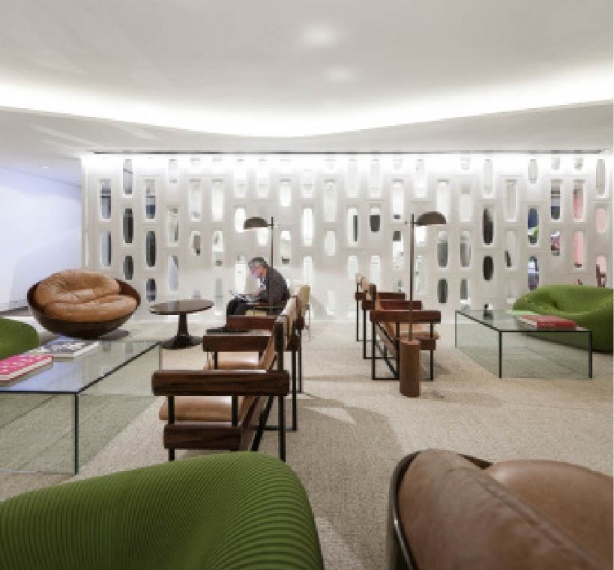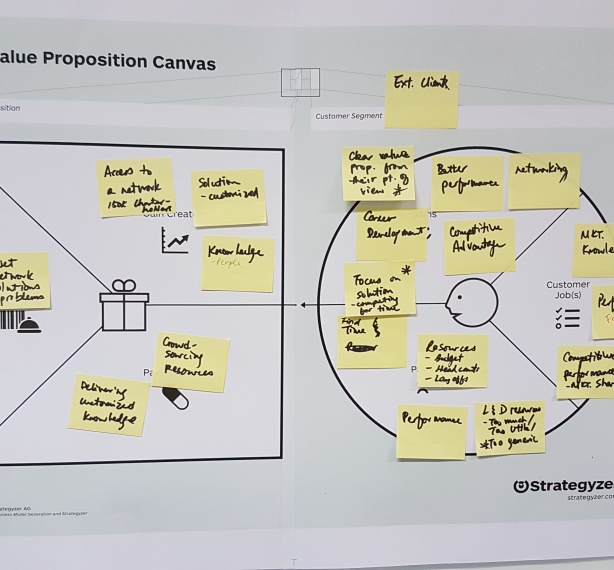Governments opting for practice over theory
Design Thinking is taking over governments around the world, changing how they deliver services. Faced with an increasing sophistication of contemporary challenges including inter-connected economic patterns, diffused social dynamics, blurred governance boundaries and reduced public trust, governments everywhere are adopting what we have already seen in corporations — a Design Thinking approach that shapes services to better meet user needs.
While policy development is a design activity, it has rarely been spoken about in design terms. Design is understood as an enabler for change, which in government is often linked to digital transformation. Because digitalising services often necessitates re-thinking them entirely, governments are now required to work at the intersection of multi-disciplinary knowledge.
Many countries have set up digital service teams to improve public services. Team Digitale Italia in Italy, for example, works on guidance, front-end frameworks and tools for developers and designers, and was led by a former senior manager at Apple and Amazon who reports to the Prime Minister, upon establishment in 2016. Portugal’s LabX, established in 2017, is made up of service designers and anthropologists that experiment with new solutions to improve public services.
Once designers have been hired, teams set up and the first services re-designed, dedicated digital-service groups develop patterns and establish standards to ensure consistent quality. In the UK, for instance, Government Digital Service (GDS) paved the way for different departments to fill more than 800 design positions, thus leading the digital transformation of the UK government by providing standards, guidance and components to build quicker, cheaper and better digital services.
User-centred design has matured and moved beyond simply designing digital services. Design in government increasingly covers holistic, end-to-end services that requires not only capabilities in digital solutions but also knowledge in social sciences, and authorities in policy-making.
Denmark’s innovation unit MindLab has been one of the pioneers of the design revolution in government by inciting changes to a wide range of public-sector settings — from re-thinking waste management in Copenhagen to reducing tensions between inmates and guards in prisons to transforming services for mentally disabled adults in the city of Odense. Now operating as the Disruption Task Force, it acts as Danish Ministries’ in-house consultancy for user-centred design projects and training.
Hospitals and clinics in Singapore have also shaped services and facilities around their patients’ needs, ranging from simple chair designs to the planning of an entire ward. Khoo Teck Puat Hospital simplified service delivery for the elderly by grouping together all geriatric-related specialists. Some clinics employ an “island design” whereby the work-stations for both doctors and nurses are placed in the centre of the wards to increase mobility. By re-organising the structure of services — improving communications between departments and simplifying medical processes for its patients — Tan Tock Seng Hospital has cut patient waiting times by 40 percent.
Governments understand that cities are more than their architecture and infrastructure. Foremost they are about the people living in them — and it just makes so much sense to focus on their needs when designing services for the public to facilitate a better and more sustainable urban living environment.
Others

Latest News | 1 March 2019
Celebrating nearly 150 years of denim culture

Latest News | 1 March 2019
Muddied oafs or deep design thinkers?

Latest News | 1 March 2019
Studio Interview - Perceptual Thinkers

Latest News | 1 March 2019
Studio Interview - Oppenheim Architecture

Latest News | 1 March 2019
Studio Interview - Way Studio

Latest News | 1 March 2019
Studio Interview - Layer

Latest News | 1 March 2019
Master Thinker on Tech X Design: Bernard Suen

Latest News | 1 March 2019
Master Thinker on Architecture X Design: Aaron Tan

Latest News | 1 March 2019
Master Thinker on Consultancy X Design: Iva Sladic Keco
